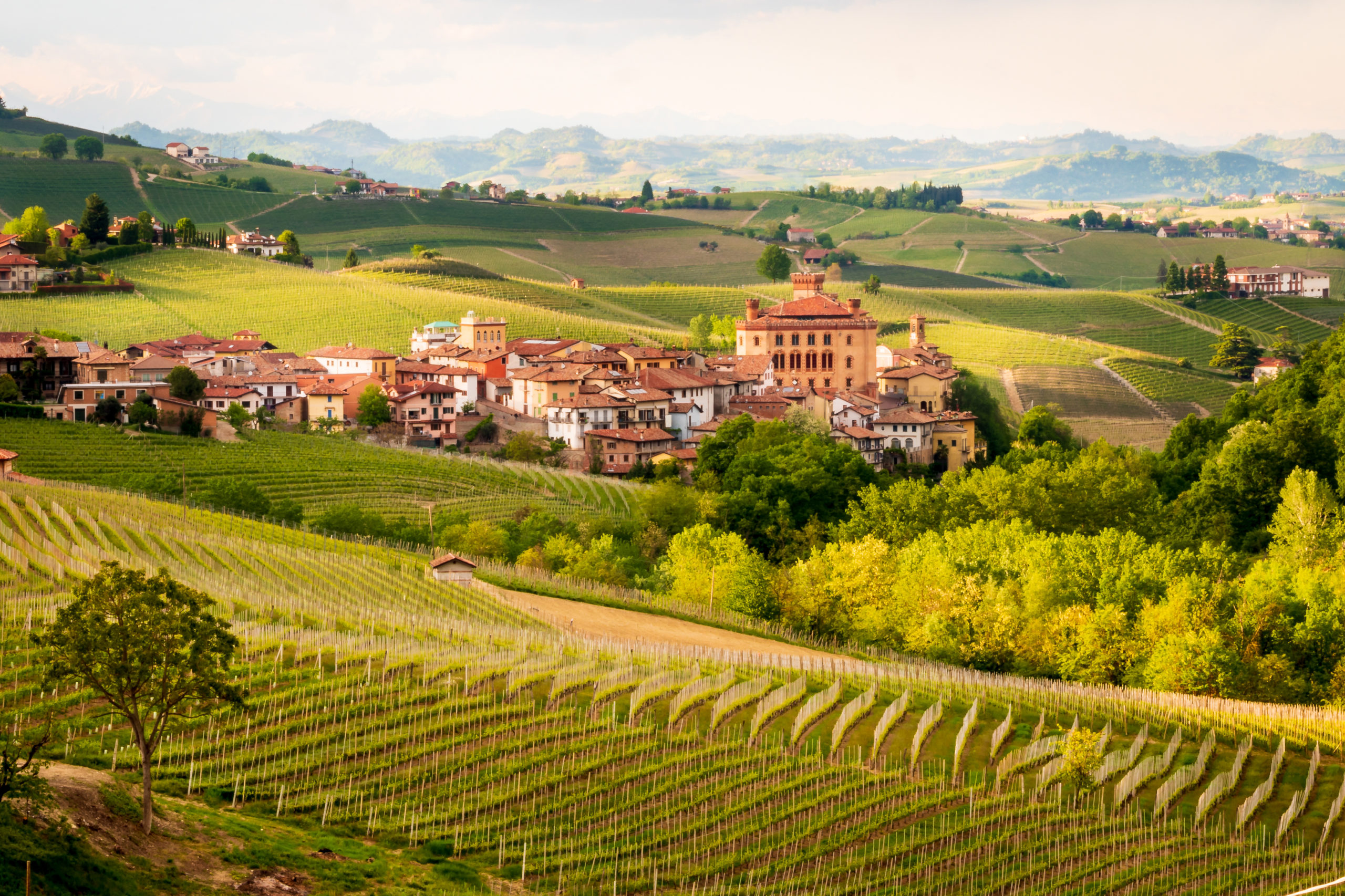Without a doubt, Barolo and Barbaresco own the real estate at the top of the mind in any conversation regarding Nebbiolo, globally. Nowhere is a better expression achieved for the grape, nor a higher price fetched for this exceptional grape. While we’ve spent the majority of this month discussing the wine itself made from Nebbiolo, it’s high time we discuss the premier growing regions that happen to also be this grape’s ancestral home.
We know as well as anyone else that Italian wines and classifications can be a bit confusing, so here we are with an effort to simplify a bit of what could be a confusing romp into the world of Nebbiolo that could otherwise have you drinking something you’re not a fan of and giving the wine as a whole a bad wrap, or jumping off the deep end emptying your bank account to find expressions you may be able to get for a fraction of the price. Like all things in life, it just takes a bit of knowledge going into something new, and we’re here to help!
Without further ado, an easy (hopefully) to digest romp into the wines of Barolo and Barbaresco:
Barolo
Hands down the most widely recognizable name in the Nebbiolo game is the Barolo region of Piemonte in North Italy. Known in the wine world as the “King of Wine” – a very high honor to hold.
Grape: Nebbiolo, 100%**
Classification: DOCG (Denominazione di Origine Controllata e Garantita) as of 1980 – basically, the highest level of guaranteed quality from Italy.
Production requirements: Must be aged for at least 38 months, 18 of those months in wooden barrels. If you plan to label “Riserva” the wine must be cellared an additional 5 years before release.
**For the conspiracy theorists amongst us, there was a petition that was attempted some years back trying to reduce this number to 90% Nebbiolo and allowing the remaining 10% to be anything the winemaker desired, however it’s said Cab, Merlot, or Syrah were looked at as contenders to blend – similar to Super Tuscan wines. However, it was struck down by the Italian DOCG folks and it remains legally required to have 100% Nebbiolo, however, there are whisperings amongst those in the wine world that say some winemakers went ahead and blended French grapes in up to the 10% threshold they sought to have legalized despite the law staying with 100% Nebbiolo. While some folks were, in a way, Salem witch trial-ed, all analysis of their finished goods came back at 100% Nebbiolo, however, some folks still cling to the belief there is a 90% Nebb ring operating in Piemonte, without any evidence as of yet beyond speculation. Could some winemakers be getting around the laws? Have they found a way to increase their wine profile while hiding chemical signatures from the blending varietals? We may never actually know!
Barbaresco
Unfortunately living in the social shadow of the more recognizable Barolo is the sister growing region, Barbaresco, also located in the Piemonte region of Northern Italy. Best part about this unfortunate circumstance? The juice is just as good (or possibly better – that’s subjective) and the price isn’t as demanding as Barolo. So if you fancy yourself a value shopper, Barbaresco is the place to look.
Grape: Nebbiolo, 100%
Classification: DOCG (Originally classified as DOC – a step lower than DOCG – in 1966, then elevated to DOCG in 1980).
Production requirements: A little more relaxed than Barolo, but no less wonderful, the wines are required to age a minimum of 2 years, 9 months of which is spent in barrel. If you plan to label “Riserva” an additional minimum of 4 years in cellar is required before release.
Barbaresco has a very unique position in the perception of Nebbiolo quality and expression. If Barolo is the “King of Wines” then Barbaresco is seen at the ‘younger brother’ in relation, however, to say Nebbiolo is a grape that is very expressive of terroir requires someone to show that variance based on soil and microclimates. With this all in mind, you can look at Barolo as the control, and Barbaresco and the variable. The main difference between the two regions is microclimate weather patterns, and the soil compositions (winemaker stylings aside). So you cannot speak to the expression of terroir in Nebbiolo without the ability to compare Barolo to Barbaresco. So Barbaresco is essential to the continued elevated perception of Nebbiolo from the greater Piemonte wine region.
Now, fun fact, it was argued, and now generally accepted, that Italy’s best bottle of wine is a bottle of Nebbiolo, no surprise when thinking of the King of Wines, buuuuuuuuut, it wasn’t actually the King of Wines (Barolo) the won that honor, it was actually a 1971 bottling of Barbaresco. A feat some say could not have been possible without the us vs. them comparison the two regions have created for themselves in the wine judging arena, again, helping to elevate the perception of this ancient grape.

